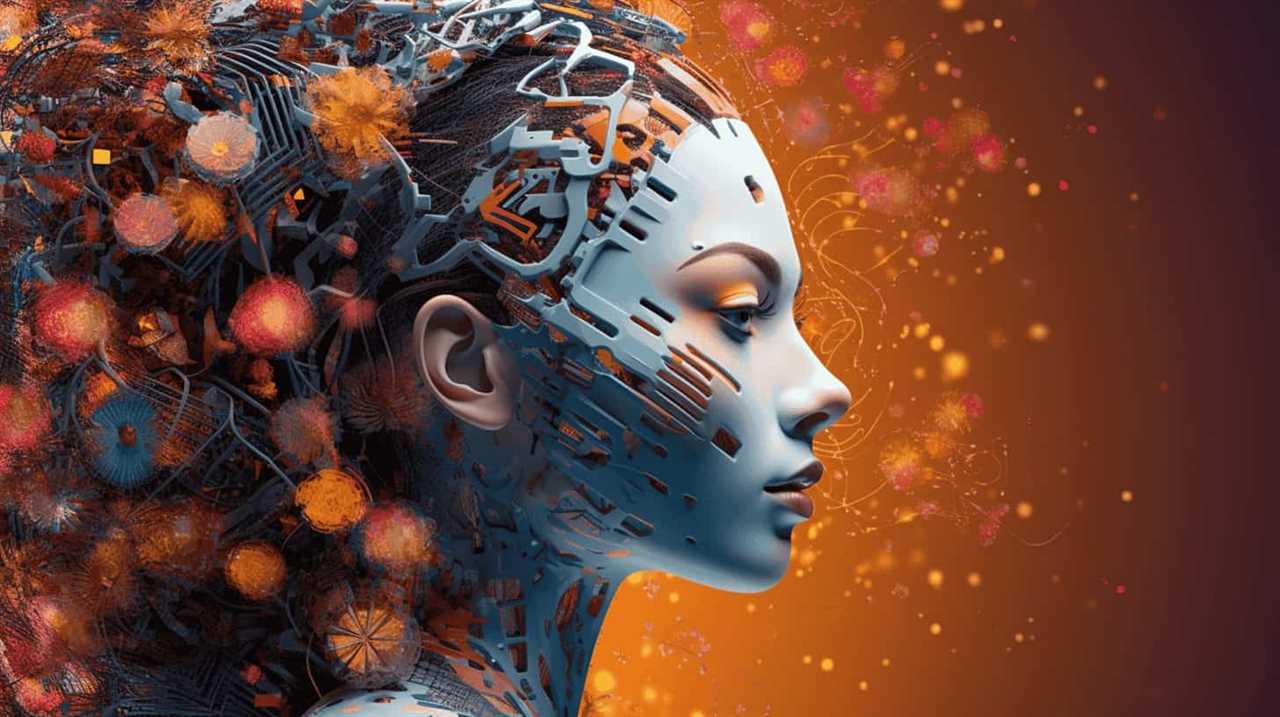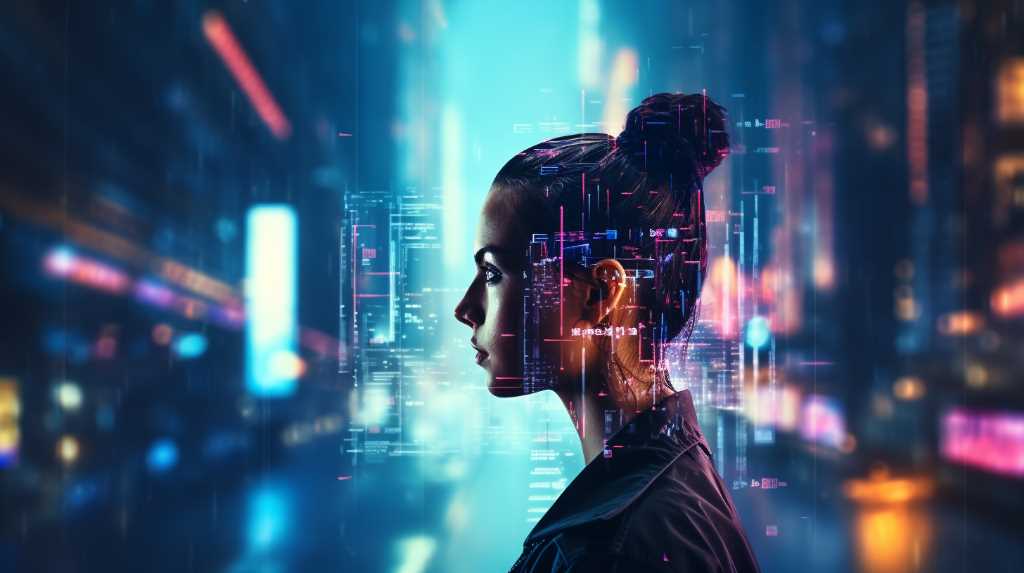We’re thrilled to share the exciting advancements in Google Maps that are revolutionizing the way we discover and explore. With its recent AI makeover, Google Maps is transforming into a comprehensive discovery platform, offering immersive experiences and enhanced features.
Did you know that approximately 25% of EV charging stations are inoperable? Google Maps now addresses this issue, providing real-time information and compatibility details.
Get ready to be amazed by the innovative features and visual enhancements that Google Maps has in store for you.
Key Takeaways
- Google Maps is undergoing an AI makeover to make it more like Search, with new features like Immersive View and easier-to-follow driving directions.
- The aim of the AI makeover is to transform Google Maps into a discovery platform where users can find new places and experiences.
- Google Maps will provide better organization of search results for broad queries and use neural radiance fields to create a 360-degree experience.
- The future of Google Maps includes a more visual and immersive product that helps users make sustainable choices and offers expanded Maps API offerings for developers, cities, and automotive companies.
New Features Enhance User Experience
With the introduction of new features, Google Maps is enhancing the user experience by providing a more immersive and intuitive platform for discovery.

These new features include enhanced search results and improved user navigation. Users can now expect more accurate and relevant search results, making it easier to find what they’re looking for.
Additionally, the improved user navigation ensures a smoother and more seamless experience when using Google Maps for directions and exploring new places.
These enhancements are part of Google’s ongoing commitment to innovation and creating a user-friendly interface that meets the evolving needs of its users.
Google Maps as a Discovery Platform
We love how Google Maps helps us uncover new places and experiences through its innovative AI-driven features. With Google Maps as a discovery platform, we can embark on personalized explorations based on AI-driven recommendations. This means that the more we use Google Maps, the better it becomes at understanding our preferences and suggesting new places that align with our interests. It’s like having a personal guide that knows us inside out.

To illustrate the power of AI-driven recommendations, here’s a table showcasing three different scenarios where Google Maps enhances our discovery experience:
| Scenario | AI Recommendation | Result |
|---|---|---|
| Exploring restaurants | Google Maps suggests trendy new eateries nearby | We discover a hidden gem with amazing food and ambiance |
| Weekend getaways | AI recommends nearby scenic spots for a nature retreat | We find a breathtaking hiking trail with stunning views |
| Cultural experiences | Google Maps suggests local art galleries and museums | We stumble upon a unique exhibition that inspires us |
Promoting SustAInable Choices Through AI
The AI-driven features of Google Maps not only enhance our discovery experience but also promote sustainable choices. With the use of advanced AI algorithms, Google Maps is able to provide us with personalized recommendations for sustainable travel. Here are four ways in which Google Maps AI is making a positive environmental impact:
- AI analyzes user-uploaded photos to identify and promote eco-friendly destinations.
- Google Maps suggests alternative modes of transportation such as public transit or biking for shorter distances.
- The app highlights EV charging stations and provides real-time information on their availability and compatibility.
- AI filters traffic information to offer the most efficient routes, reducing congestion and carbon emissions.
EV Charging Station Information and Updates
Regularly updated information on EV charging stations is now available on Google Maps. This new feature provides users with real-time charging status and other important details. Users can easily find EV charger accessibility information and determine if a charging station is currently in use.
Additionally, Google Maps is adding more information on compatibility and charging speeds, allowing users to make informed decisions about where to charge their electric vehicles.

The updated Places APIs are also offered to developers, providing real-time location information for EV charging stations. Furthermore, car companies can integrate this EV charging information into their navigation systems, making it even easier for drivers to locate and utilize charging stations.
With these updates, users can confidently rely on Google Maps to help them find available and accessible EV charging stations.
Flashy Features and Improvements for Navigation
Now let’s delve into the exciting realm of flashy features and improvements for navigation. Take a look at these amazing additions to Google Maps:
- Immersive View: Get a 3D view of a place with additional information, making the exploration experience more engaging and immersive.
- Search with Live View to Lens: Use your phone’s camera as an AR tool to search for places and get real-time information about them.
- Navigation Makeover: Enjoy an improved navigation experience with updated colors, realistic buildings, and improved lane details, making it easier to follow directions.
- HOV Lanes and Speed Limits: Stay informed while driving with the introduction of HOV lanes and speed limit information in multiple countries.
With these advanced features and improvements, Google Maps continues to revolutionize the way we navigate and explore the world. It’s all about providing a visually appealing and innovative experience that keeps us one step ahead of the competition.

Frequently Asked Questions
How Does Google Maps AI Makeover Revolutionize the Discovery Experience?
AI-driven personalized recommendations and enhanced location accuracy revolutionize the discovery experience on Google Maps.
We utilize advanced AI technology to provide users with tailored recommendations based on their preferences and interests.
By analyzing user data and combining it with real-time information, we can deliver highly accurate and relevant suggestions for places to explore, restaurants to try, and activities to enjoy.
This AI makeover transforms the way users discover new experiences, making their journey more personalized and exciting.

What Is the Role of AI in Helping Users Navigate and Find New Restaurants on Google Maps?
The role of AI in helping us navigate and find new restaurants on Google Maps is crucial.
AI provides personalized recommendations based on our preferences and past searches.
It also uses AI-based search filters to narrow down our options, such as cuisine type, price range, and ratings.
This makes it easier for us to discover new dining experiences that align with our tastes.

With AI’s assistance, we can explore a wide range of restaurant choices and make informed decisions to satisfy our cravings.
How Does Google Maps Help Users Make Sustainable Choices Like Riding Transit or a Bike?
Google Maps helps users make sustainable choices like riding transit or a bike by providing information and options that promote eco-friendly transportation. With its AI makeover, Google Maps revolutionizes the discovery experience by integrating features like EV charging station availability and enhanced transit directions.
Users can easily find nearby charging stations, check compatibility, and charging speeds. Additionally, Maps offers real-time traffic information, helping users choose the most efficient and sustainable routes.
These updates align with Google’s goal of promoting environmentally conscious decisions and reducing carbon emissions.

How Does Google Maps Inform Users About the Last Usage of an EV Charger?
When it comes to informing users about the last usage of an EV charger, Google Maps has got you covered.
With its AI makeover revolutionizing the discovery experience, Google Maps now provides users with the ability to see when a charger was last used.
This feature not only helps users plan their charging needs more efficiently but also ensures that they can rely on up-to-date information when it comes to finding available charging stations.
With Google Maps, staying informed about EV charger availability has never been easier.

What Are Some of the Flashy Features and Improvements in Navigation Offered by Google Maps?
Flashy features and improvements in navigation offered by Google Maps include Immersive View, which provides a 3D view of a place with additional information.
The Search with Live View to Lens feature allows users to use their phone’s camera as an AR tool for navigation.
The navigation experience is enhanced with updated colors, realistic buildings, and improved lane details.
Additionally, Google Maps now includes HOV lanes and speed limit information in multiple countries, making it a visually appealing and innovative navigation tool.

Conclusion
In conclusion, Google Maps’ recent AI makeover has completely transformed the way we discover and explore new places. With its immersive features and enhanced functionalities, Google Maps has become more than just a navigation tool.
It now serves as a platform for users to uncover hidden gems and make sustainable choices. The improvements to EV charging station information and the introduction of flashy new features have further solidified Google Maps as the ultimate companion for exploring the world around us.











